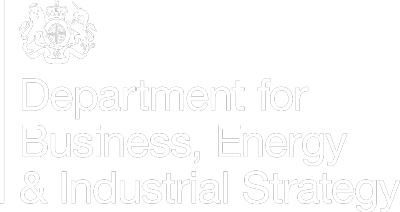Cyclopecten hoskynsi (Forbes 1844)
Pectinoidea : Propeamussiidae |
| Tebble name: | n/a |
| Smith & Heppell name: | Cyclopecten imbrifer (Lovén, 1846) |
To size: To 10mm. Shell Structure: Fragile, hyaline. Equivalve: LV a little more convex than RV. Equilateral: Equilateral. Outline: Subcircular, lower part of disc semicircular, upper part with long straight margins. Anterior ears wider and longer than anterior. RV ear with a small byssal notch, ctenolium absent.
Sculpture: Discrepant; RV with evenly spaced co-marginal lirae; LV with widely spaced co-marginal lamellae, these fading as radial rows of vesicles appear towards the margins. RV anterior ear weakly ribbed; LV anterior ear with up to four radial rows of small vesicles or spines. Colour: Transparent whitish.
Distribution & Ecology
Depth Range
Continental Shelf (to 200m)
Continental Margin Zone (200 - 500m)
Bathyal (500 - 2000m)

Additional Information & Related Species
Additional Comments
Related Species
Pectinoidea : Propeamussiidae
References
Listed are literature citing Cyclopecten hoskynsi (Forbes 1844). Reference containing the species Type Description is highlighted.
|
Dijkstra H, Warén A & Gudmunsson G 2009. Pectinoidea (Mollusca: Bivalvia) from Iceland. Marine Biology Research. 5: 207-243. |
Resources
- Conchological Society
of Great Britain & Ireland
Provides resources for understanding, identifying, recording, and conserving molluscs - CLEMAM
Check List of European Marine Mollusca - MarLIN
The Marine Life Information Network for Britain and Ireland (MarLIN) provides information for marine environmental management, protection and education. It is a centre of excellence in spatially based and time-series marine biological information and supports good stewardship in the marine environment. - NBN Gateway
National Biodiversity Network's Gateway. Use it to explore UK biodiversity data, as contributed by participating data providers. - BivAToL
- MarBEF
- Malacological Society
- Unitas Malacologica
- Census of Marine Life
- MarBEF
MarBEF, a network of excellence funded by the European Union and consisting of 94 European marine institutes, is a platform to integrate and disseminate knowledge and expertise on marine biodiversity, with links to researchers, industry, stakeholders and the general public.




